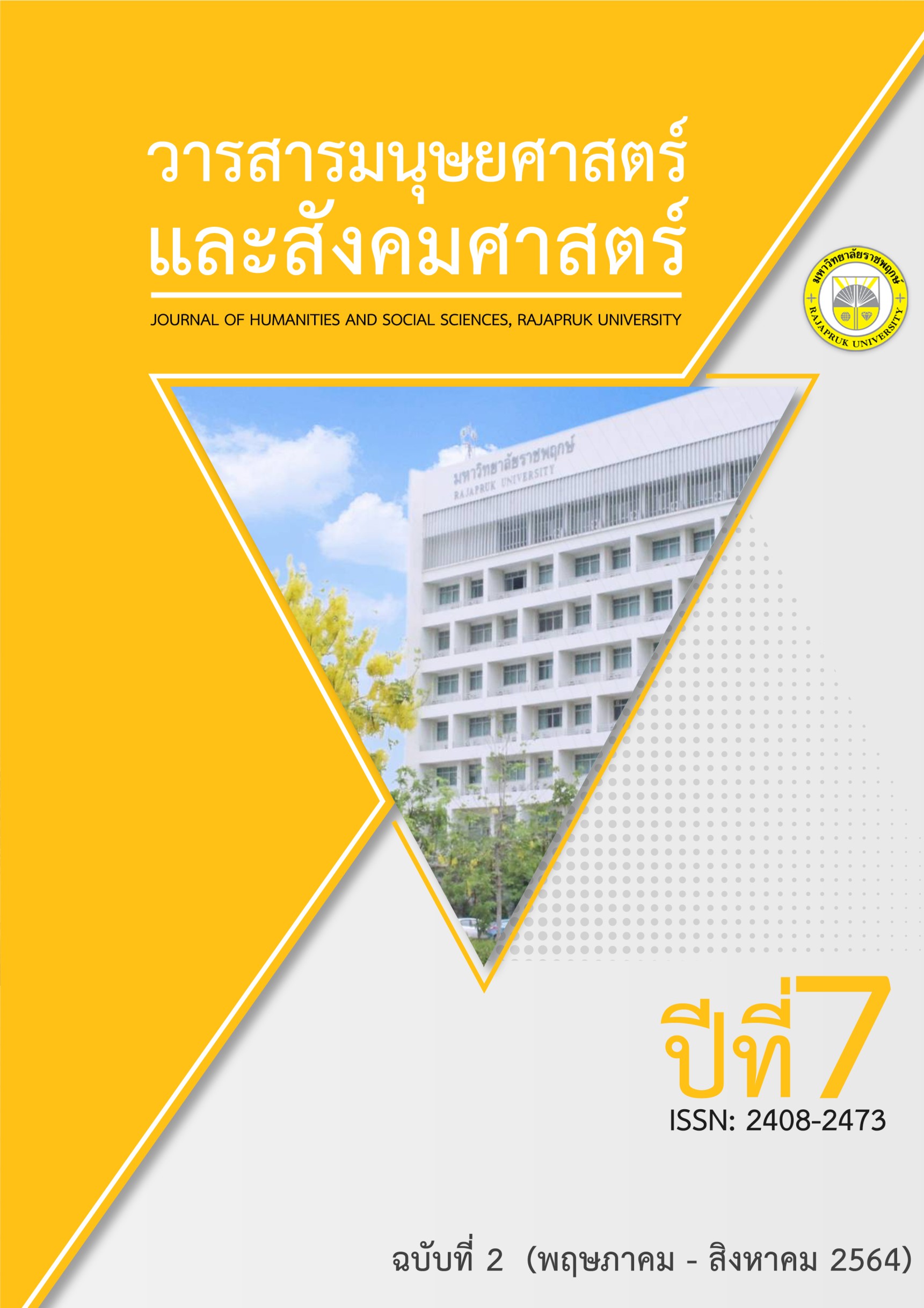Factors Affect Production Risk Management from Flooding of Industrial Plants in the upper Central Region
Main Article Content
Abstract
This research is aims to study the factors that affect the production risk management from flooding of industrial plants in the upper central region. The samples used in the study were 297 factories in the upper central region of Thailand. The sampling method was multi-stage sampling using questionnaires to collect all data. The statistics used for data analysis were frequency, percentage, mean, standard deviation and multiple regression analysis respectively
The result found that the management had the highest level with an average of 4.72, which is considered in each aspect. And in the area of monitoring and evaluation highest average with an average of 4.74 and risk management / response with the least mean of 4.70
The hypothesis test found that from the comparative analysis The level of ability to manage production risk classified by factors according to the nature of the organization. It is found that the provincial location of the factory Industrial type, factors in the number of years in business. The overall and all factors are different statistically significant at the .01 level. In the area of industrial factories and the number of employees in industrial plants found that the sample group with different industrial locations and number of employees in the industrial plants had production risk management. Overall and all aspects differed statistically insignificantly.
The hypothesis testing found that the multiple regression analysis found that organizational strategy (X1) organizational structure (X2) management model (X3) operating system (X4) personnel (X5) skills Capability (X6) in common values (X7) can predict of production risk management from flooding of factories in the upper central region with statistical significance of 0.01. Subsequently, it could also be presented in the equation of Ŷ=-.081+.312 X1 Strategy+.054 X2 Structure+.102 X3 Style+.169 X4 Systems -.072 X5 Staff+.028 X6 Skills+.392 X7 Shared Values.
Article Details
References
กรมโรงงานอุตสาหกรรม. (2556). แนวทางปฏิบัติในการป้องกันอุทกภัยในโรงงานอุตสาหกรรม. ค้นเมื่อวันที่ 4 พฤษภาคม 2563, จาก http://www.diw.go.th
นรีนุช ดำรงชัย. (2560). บทเรียนจากญี่ปุ่น: ปัจจัยสำคัญในการบริหารจัดการเพื่อความอยู่รอดจากภัยพิบัติทางธรรมชาติ. วารสารการจัดการสมัยใหม่, 15(2) กรกฎาคม–ธันวาคม 2560: 1–15.
ลิขิต น้อยจ่ายสิน. (2557). เทคโนโลยีภูมิสารสนเทศเพื่อศึกษาภัยพิบัติทางธรรมชาติในประเทศไทย. วารสารวิทยาศาสตร์บูรพา. 19(2): 179-188.
สำนักงานคณะกรรมการพัฒนาเศรษฐกิจและสังคมแห่งชาติ. (2563). แผนพัฒนาเศรษฐกิจแห่งชาติ. ค้นเมื่อวันที่ 4 พฤษภาคม 2563, จาก http://www.nesdc.go.th
Committee of Sponsoring Organization of the Treadway Commission. (2004). Enterprise Risk Management-Integrated Framework: Executive Summary. Retrieved on 19th August 2020, from https://www.coso.org/Documents/COSO-ERM-ExecutiveSummary.pdf
Krejcie, R. and Morgan, D. (1970) Determining Sample Size for Research Activities. Educational and Psychological Measurement, 30: 607-610.


